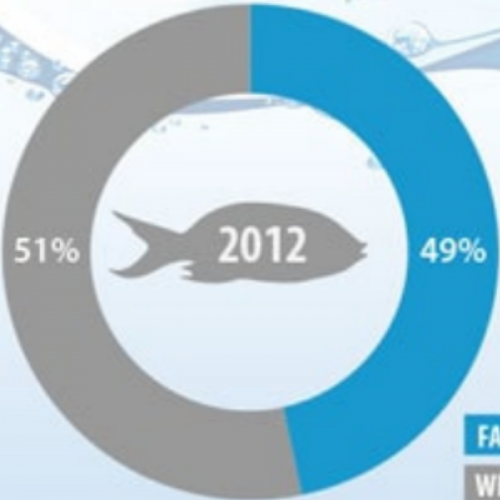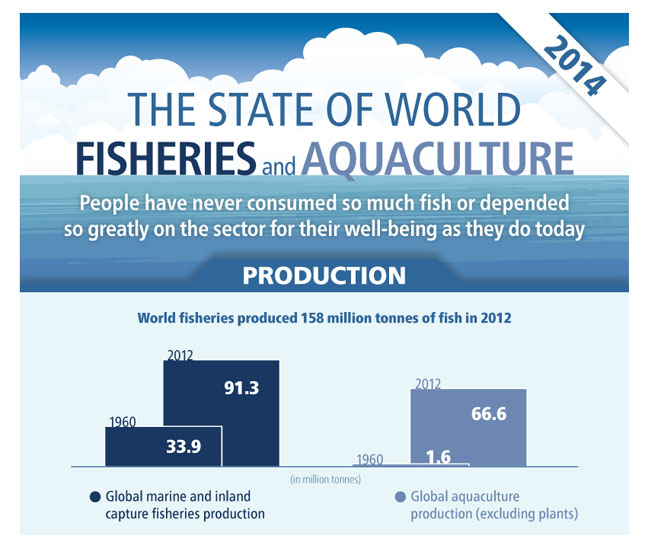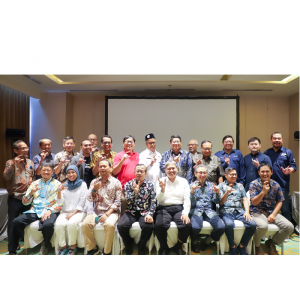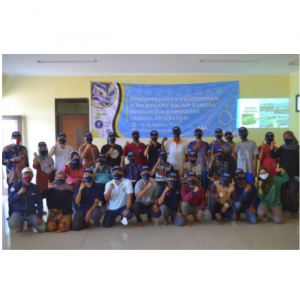
Aquaculture Market
| Mon, 10 Feb 2020 - 11:32
Explosive population growth + growing awareness in the developed world that seafood is a heart-healthy-form of protein + increased purchasing power of developing economies = a global seafood supply challenge.
Wild fisheries aren’t able to meet the world’s appetite for seafood. The worldwide catch has plateaued at about 90 million tonnes a year since the mid-1990s. But even if those levels prove sustainable, it can’t keep up with rising demand, which has grown from 10 kg (22 lb.) per person per year in the 1960s to nearly 19 kg (42 lb.) today. (FAO, 2014)
Something has to help wild fisheries meet the growing appetite for seafood. Aquaculture — fish-farming— is the obvious solution. Over the past decades, aquaculture has grown faster than any other form of food production. Today aquaculture supplies more than half the seafood consumed around the world, a proportion that will only expand with the projected rise in global seafood consumption.
In much the same way that the worldwide ocean catch has leveled off, the wild salmon fishery has plateaued at around 2 billion pounds, while farmed salmon production has increased tremendously in order to fill the demand-supply gap, with most of that increased production in the form of Atlantic salmon.

Aquaculture’s role in the future production of seafood is no longer in debate. The question is: how do we farm fish in a way that is healthy, sustainable and environmentally responsible?
AquaBounty is committed to meeting this challenge. Our mission is simple: we can deliver the world’s healthiest, most sustainable seafood — a fish that delivers exceptional nutritional value with the smallest environmental impacts.

Source: aquabounty.com






















